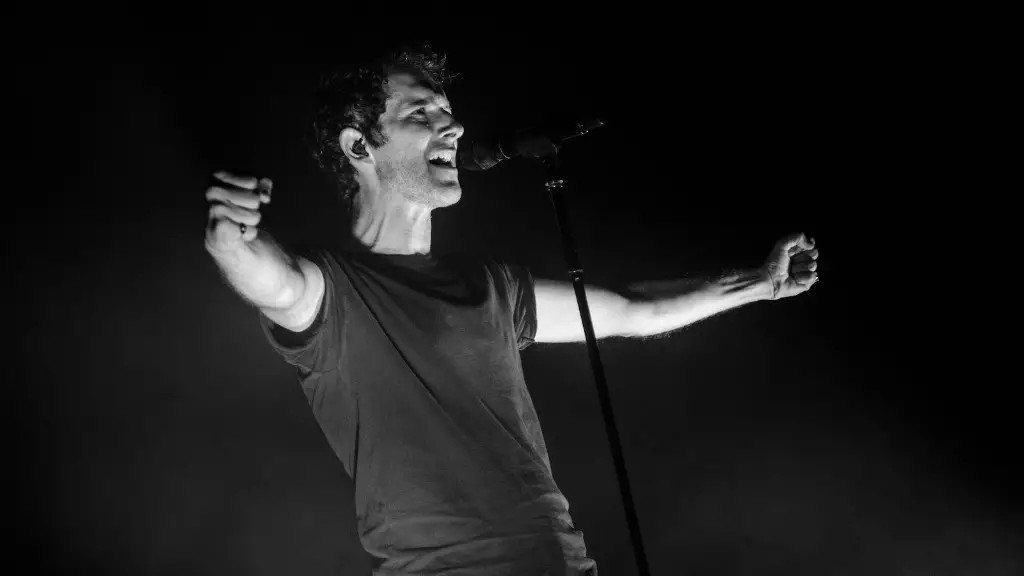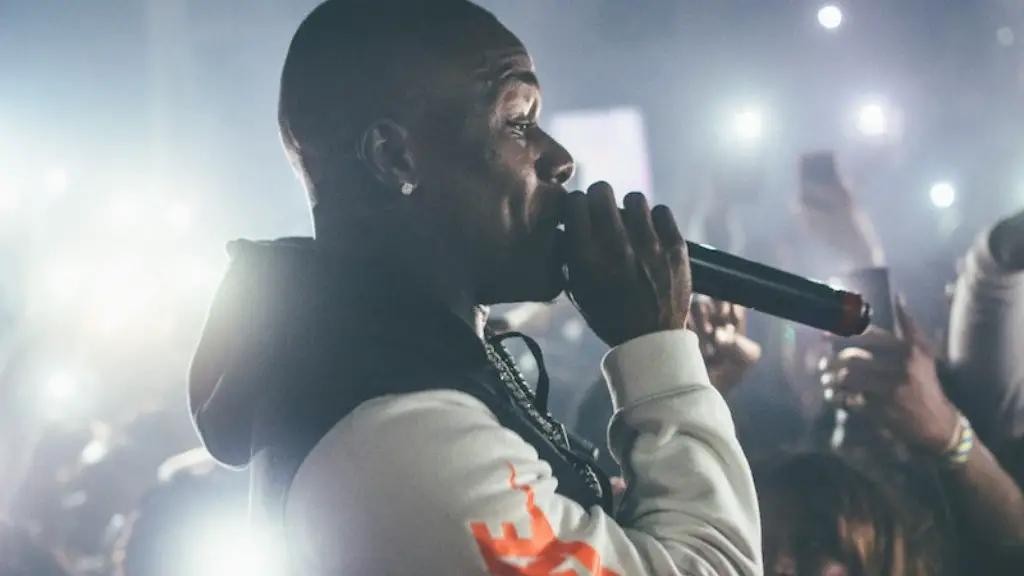If you want to draw a boombox but don’t know where to start, you’re in the right place! Let’s get you drawing in no time – grab your pens, paper, and imagination and let’s go!
The first step to any successful drawing is to know what you want to draw. For our purposes, we are going to draw a boombox – think back to the one your parents had in their room, covered in a soft fabric, with a speaker on each side. Once you have an idea of what you want to draw, it’s time to start sketching.
Pick up your sketching tool of choice – whether that be a pencil, pen, charcoal or colored pencil – and start lightly sketching the basic shapes and sizes. Don’t worry about getting the details perfect at this stage – just focus on the base outline and shapes. Start with the biggest and broadest parts of your boombox like the speakers and the outline of the box itself, and then fill in the smaller details like the buttons or the handle. Once you have the basic shapes and sizes down, you can start adding in the details.
To add the details to your boombox, you can either use shading to give it a more realistic look, or use different colors to pop out the details. As you go along, play around with the different elements and add whatever you think looks best. Maybe you could sketch the fabric that covers the box, or add in some of the knobs and switches. Just have fun and get creative with it!
Once you’re happy with your sketch and the details, it’s time to start outlining. Trace over all the parts of your boombox you drew in your sketch and make sure to get into all the small nooks and crannies. You don’t need to use a super thick line for this – light lines will be enough to make it stand out.
Once the outlining is done, it’s time to add in some texture and depth. Using a combination of lines and dots, add texture to the surfaces of your boombox. For example, you can add a few circles to the box itself to give it a more “grained” texture, or add a few streaks of stripes over the speakers. Following the direction of the lines will make your boombox look more lifelike.
The final step is to add in some shadows and highlights. To make your boombox look more realistic and 3-dimensional, use a darker color or tone to create shadows, and a lighter color to make highlights. Remember that shadows go in the nooks and crannies, and highlights go on the raised surfaces.
And that’s it! With these few simple steps, you can draw a perfect boombox! So grab your sketching supplies and start sketching – you’ll be amazed at what you can create!
Now that you know the basics of how to draw a boombox, let’s take a look at how to add color. Using your markers or colored pencils, you can add brightness and dimension to your boombox. Start by coloring the flat surfaces different colors, and use a darker shade of the same color to add shadows and highlights. Once you have the basic colors down, try adding in some details too – such as small designs or patterns on the outside of the boombox, or a stripe or two.
Now that you have the colors in, think about how to draw the speakers. Begin by drawing the shape of the speaker and outlining it. Then, shade the spaces inside the outline with a darker color – maybe a black or grey. Adding this layer will really make the speakers stand out. And finally, if you like, you can add a few lines that represent sound waves coming out of the speakers.
Finally, let’s finish up the boombox by adding some texture. You can do this with a combination of light and dark lines, dots, and dashes. Think of the texture as if you were running your fingers along the boombox – the way some surfaces might have little divots, or the way some parts might be bumpy and rough.
And that’s how you can draw a boombox! Who said drawing take a long time, right? With a few simple supplies and some imagination, you can create a masterpiece in no time! So grab your pens and start sketching – now that you know how to draw a boombox, there’s no limit to the designs you can create.
Now that you’ve learned the basics let’s move on to another aspect of drawing a boombox – learning perspective. Perspective is the technique used for making an image look three-dimensional, and it makes your boombox look all the more realistic. To achieve the right perspective, keep in mind where the light source is coming from – usually use the upper left corner. As you draw, the lines and shapes you create should get smaller and more detailed as they move away from the light source.
Now that you have the perspective down, you can use it to draw more intricate and detailed elements of your boombox. Try to add some curves and different shapes throughout the piece so that it looks dynamic, as opposed to just plain flat. And if you want, you can even add in a few highlights and shadows to give it an extra bit of depth and realism.
Once you have your boombox drawn, the last step is to use a few finishing touches to really make it stand out. This can include adding a few small details such as logos or buttons, or it could be as simple as outlining the whole piece with black or a different colored marker. However you choose to finish your boombox, just remember to keep it simple. Too many details can end up being over-the-top, so if you want to add some simple embellishments, go ahead and make them subtle.
So there you have it! With these simple steps, you now know how to draw a boombox in no time! From sketching the basic shape to adding the final touches, you can be sure to create an amazing piece of art. All you need is a few supplies, a bit of imagination, and some patience. So grab your tools and get sketching – you will be amazed at what you can create!



